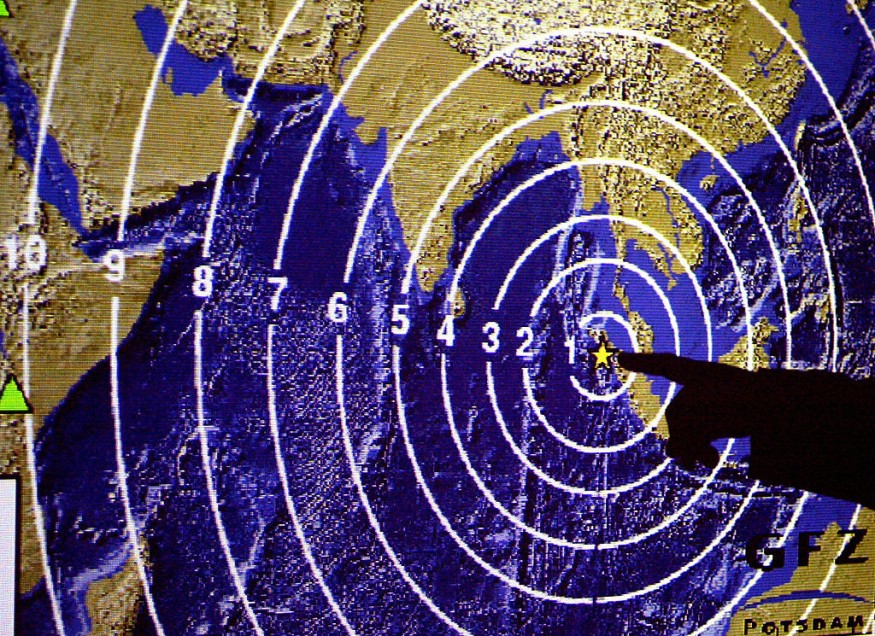Earth's outer core has been found to be in a state of change after a new study an anomaly from seismic waves from the two distinct yet related earthquakes in 1998 and 2018, according to a new study. The seismic energy allowed scientists to postulate that there is a gradual change in the magnetic field strength and direction, which likely affected flows in the outer core.
While the two quakes occurred 20 years apart, they occurred in the same area situated in the Kermadec Islands region in the South Pacific Ocean. The seismic waves, also called SKS waves, were more evident during the 2018 earthquake. The study claims seismic vibration was one second faster compared from other tremors in 1997.
The seismic data came from four of more than 150 Global Seismographic Network stations which can record and log seismic vibrations in real time. The four stations allowed the detection of the perceived anomaly from one of the said earthquakes.
The scientists were expecting that both earthquakes should have the same speed navigating through the Earth's layers. Yet, the recent findings reportedly allow us to get a view of what is transpiring in the Earth's interior, as well as determine if it would cause any significant geological impact in the future.
Seismic Wave Speed Points

The research paper was published in the journal Communications Earth & Environment on April 25. In the study, author Ying Zhou from the Virginia Tech College of Science - Department of Geosciences explored the so-called transient variation in "seismic wave speed points" into fast fluid movement in the outer core.
Observations and findings relating to the seismic waves speed and density from the said earthquakes suggest that the composition of most of the outer core is not pure iron, which means it could also contain light elements such as hydrogen, carbon, oxygen, nitrogen, sulfur, and silicon.
The discovery was primarily found by analyzing the SKS waves and their reference waves between 1990 and 2019.
What is a Seismic Wave?
Also called compressional or longitudinal waves, a seismic wave has been defined as an "elastic wave" produced by a strong geological impulse such as an earthquake or an explosion.
The seismic energy could travel either along or near the Earth's surface, in addition to its capability to travel the Earth's interior, according to the United States Geological Survey (USGS).
The USGS specifies that waves that travel at the surface are called "Rayleigh and Love waves" and those traveling in the planet's interior are called "P and S waves."
Earth's Core
The National Geographic Society defines the Earth's core or the interior as a "very hot" and "very dense" region within the center of our planet. The core is compared with the shape of a ball, which is situated below the crust and mantle, which are all part of the planetary layers.
Located approximately 1,802 miles (2,900 kilometers) below the surface, the core has a radius of around 2,165 miles (3,485 kilometers). Most importantly, the core is in a state of constant independent rotation, which is also responsible for producing the Earth's magnetic field through the said movement.
© 2025 NatureWorldNews.com All rights reserved. Do not reproduce without permission.





